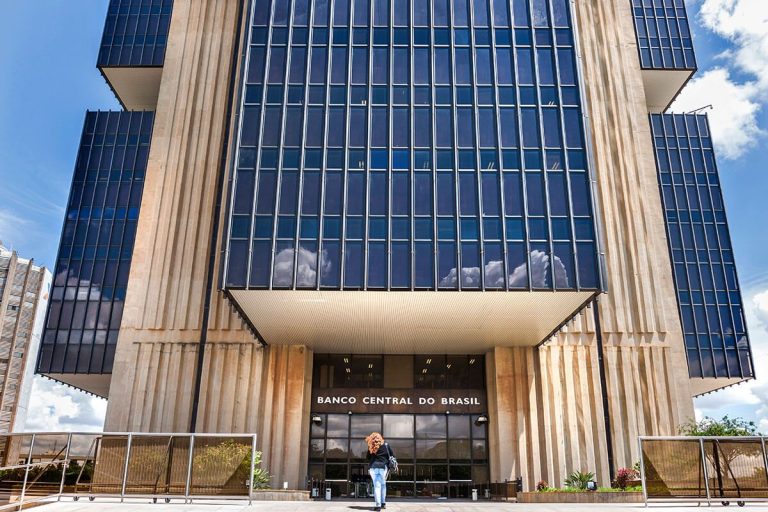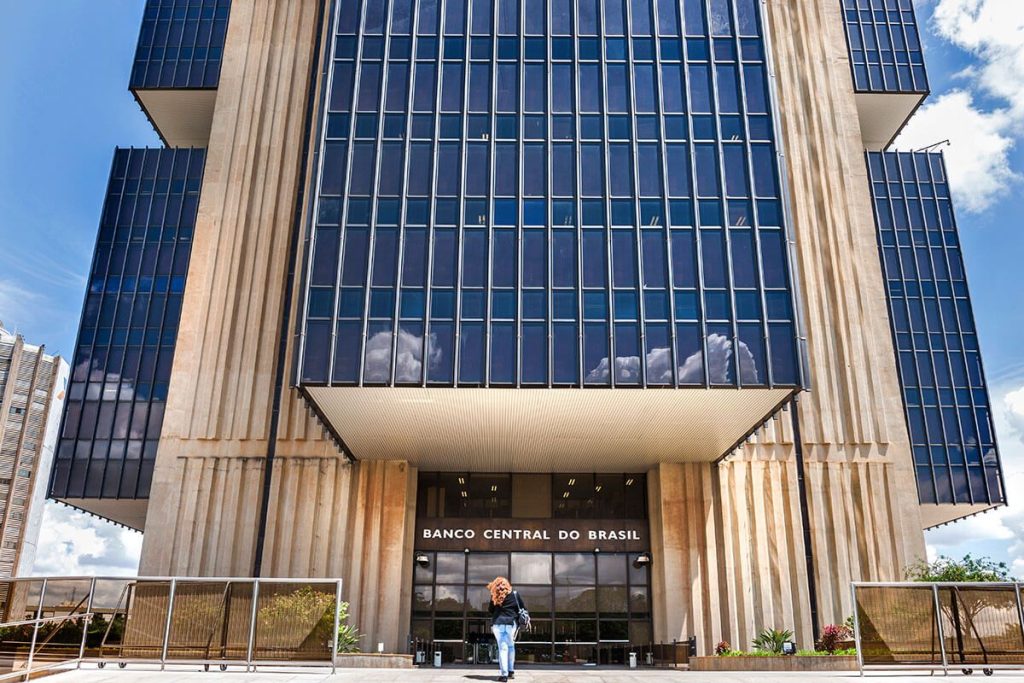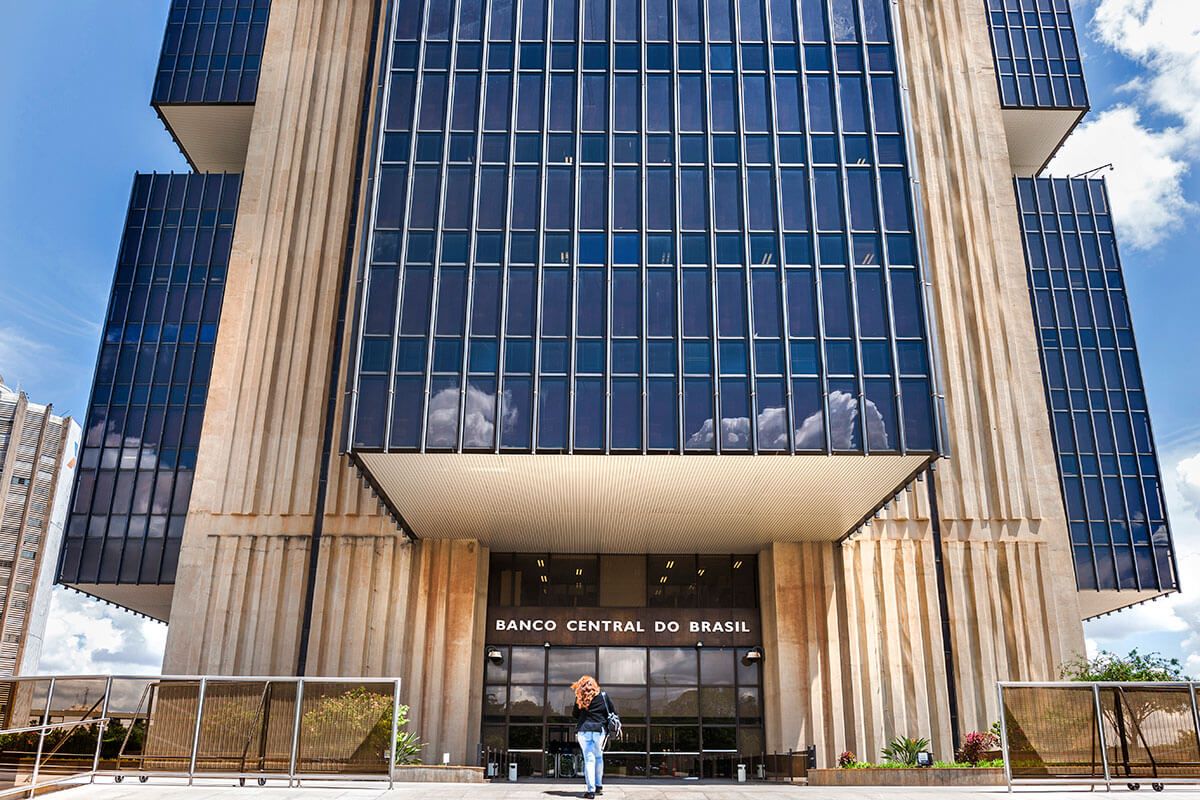This article is available only in English.
A New Crisis with potential “Old Effects”
In these moments of a global pandemic we all had the chance of thinking about the perspectives for our lives and our working and business environments for next and long-term future.
One of my recurring reflections has been whether we might have some positive effects on the environment and the climate changes due to the reduced level of economic activities, use of transportation, both public and private, and the stop to nearly all air travel for some time.
I had a great expectation in terms of reduction of emissions throughout the world and that this experience might help us changing structurally the way we use the natural resources.
Unfortunately, my expectations are not so likely to be attended. According to IEA It is true that the expected fall in demand for energy in 2020 (- 6%) is mainly due to the fall in demand for fossil sources (Oil -9,1%, Coal -7,7%, Gas -5%) while the demand for energy from renewable sources will grow 0,8%.
But also, due to the collapse in demand, the prices of these commodities fell heavily.
Historically, investments in alternative sources have always had a great impulse in times of high prices of oil and fossil sources in general: the moment of historical drop in prices of such sources is unlikely to favor investments in renewable sources. So, the drop in oil prices, coupled with the economic slowdown, may discourage investment in energy efficiency and renewable energy, in addition to encouraging the increase in consumption of oil products.
The reduction in energy consumption should imply a consequent reduction in GHG emissions in the short term. According to Nature, global emissions of CO2 dropped around 17% by early April compared with the 2019 mean levels. Here in Brazil, nevertheless, emissions are expected to rise (around 10%) due primarily to deforestation.
The expectation is to have a drop in emissions worldwide around 8% or 2.6 GtCO2 (IEA) which is more than in any other year on record.
Looking back over the past few decades, we always see that economic crises usually are marked by temporary declines in GHC emissions.
This happened following the oil shocks of the 1970s and the global financial crisis of 2008. After the latter, though, we saw emissions rise to record heights in 2010, in part because of widespread policies intended to stimulate economic recovery that had limited regard for the consequences on the environment.
So, in the end emissions and pollution recover when economies start to reheat, more than offsetting any short-term climate benefits.
Can it be different now?
The world is currently in the process of trying to understand how our economies can recover from a shock that is expected to cause for the first time in recent history a fall in Real World GDP (-2,4% according to OECD).
We are seeing an incredible amount of financial resources put into the economic systems worldwide to try and soften the impact on people’s welfare and companies’ balance sheets and reduce bankruptcies in the short term.
In April, all G20 countries implemented already measures amounting more than 7 tn US$, and now it exceeds 10 tn US$.
This comes at a tipping point for the destiny of our planet: the UN Environment Programme estimates that Global GHG emissions must fall 7,6% every year from 2020 to 2030 to keep temperature increase to less than 1.5°C.
So, we are facing an incredible opportunity to define policies and design and implement global changes that can help our planet and our life on it for the long term.
Politicians and Business Leaders are trying to pave the way: in April was launched the “European alliance for a Green Recovery” the “first pan-European call for mobilisation on post-crisis green investment packages (that) will work to build the recovery and transformation plans which enshrine the fight against climate change and biodiversity as a key pillar of the economic strategy”. It was born with the support of more 180 politicians, NGOs, business leaders, trade unions and NGOs, and since many others have joined in, including the leading European manufacturers and financial institutions.
At the same time, the public opinion is supporting a change in priorities in the investments that will be made. A survey by IPSOS in mid-April asked people whether they agreed or disagreed with “In the economic recovery after Covid-19, it’s important that government actions prioritize climate change”. Nearly two thirds of agreed with that, supporting a “Green recovery” with a stronger support in BRICS than in the rest of the world (India 81%, China 80% Brazil 66%, world average 65%). In the same survey less people (44% against 48%) were encouraging governments to focus on the economy recovery without taking in consideration the environment.
Apparently, the public opinion does not believe, as some politicians do, that investments in the environment are only for rich countries or that the economy comes first and our planet later. We must find a way to create a recovery path for the economy that is smart and greener that our current situation.
So, what to do now?
The next question is probably the one with most difficult answer: what to do with the massive amount of resources that are likely to be injected and deployed into the economic system?
There are many people trying to answer and probably many more will come soon.
Here below are the ones I gathered from different studies (the most relevant being “Will COVID-19 fiscal recovery packages accelerate or retard progress on climate change?” Oxford University Press) which I believe can be the most interesting developments in many countries, including Brazil where I live.
1. Some policy types can deliver both economic recovery and climate goals together:
- Investment in clean physical infrastructure in the form of:
- renewable energy assets
- storage (including hydrogen)
- grid modernization and CCS technology
- Building efficiency spending for renovations and retrofits including improved insulation, heating, and domestic energy storage systems
- Investment in education and training to address immediate unemployment from COVID-19 and structural shifts from decarbonization
- Natural capital investment for ecosystem resilience and regeneration including restoration of carbon-rich habitats and climate-friendly agriculture
- Rural support scheme spending, particularly that associated with sustainable agriculture, ecosystem regeneration, or accelerating clean energy installations.
2. Co-benefits Policies are the policies that probably might not deliver immediate economic results or may result only in replacement of current carbon-rich activities but have many non-economic attributes, like reducing air pollution, that make them overall very desirable.
These are mainly focused in the transportation area, for example:
- Create / Expand electric vehicle charging networks
- Electrification of Local Public Transport
- Create fast electric bus / urban rail schemes
- Scale up electric vehicle manufacturing
- Accelerate rollout of LED street lighting
- Develop active-transport infrastructure (such as bicycle lanes)
Most of the above-mentioned initiatives share the benefit of focusing on both the reduction of carbon emissions and having the potential to generate a substantial turnaround and demand for specialized labor.
In the end, what is being a big nightmare, can also represent a world of opportunity for ourselves and the future of our planet. Winston Churchill used a sentence that has been said, literally or not, by many leaders during the last couple of months, the pope, the head of ECB, or Ford’s CEO: “Never let a good crisis go to waste”.
Let us hope the leaders of all the main countries can stand up to the task, because how policies are designed, and implemented, will make the difference.











